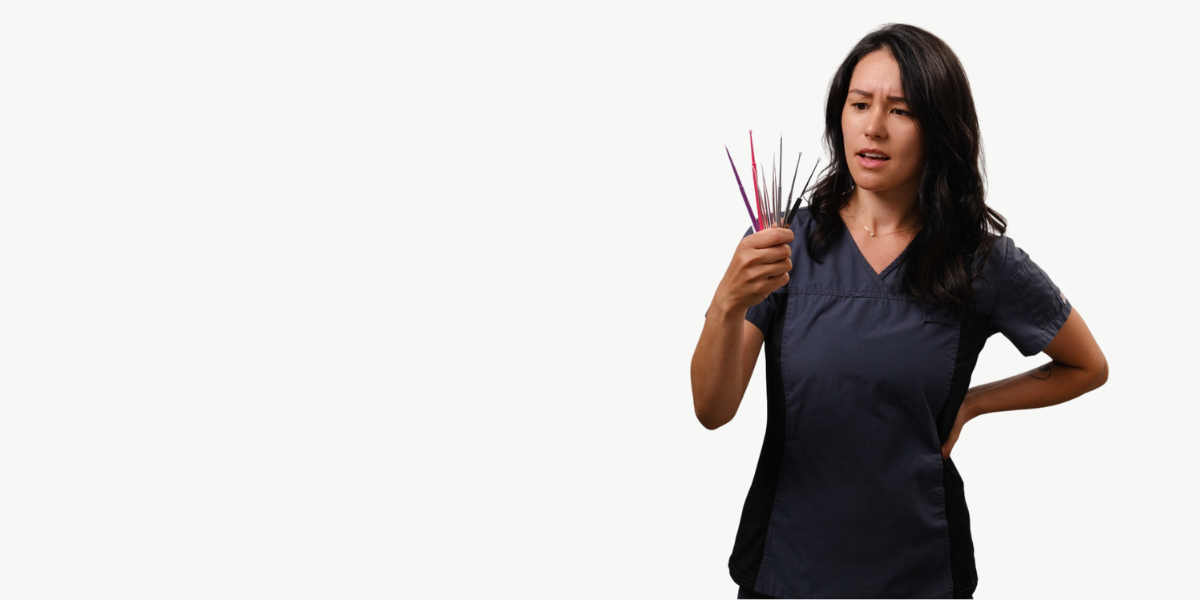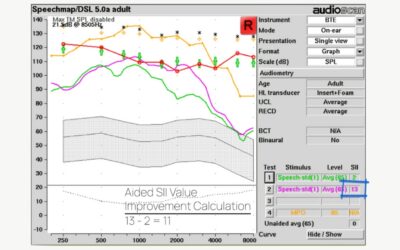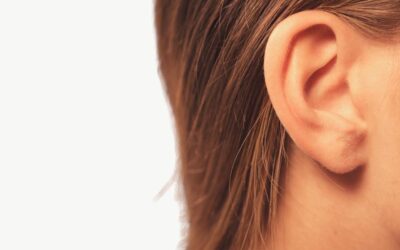Curettes are a helpful cerumen management tool for audiology and medical clinics. These tools come in many different styles and materials. There are so many options that they can be misunderstood. Curettes are shaped like a pen and have a handle and a tip. The tip is often a loop, scoop, or pick. Curettes are made of stainless steel, plastic, or carbon fibre. No curette material is superior to any other and material selection really depends on personal preference and access to hygienic reprocessing equipment. Curettes have many advantages, they are:
- highly effective
- quick to use
- low cost
- easy to clean or dispose of
- portable
- less intimidating than other tools
Curette History
Curette-like tools are no recent invention and are, in fact, likely as old as human civilization. We know this because archeological digs have revealed early curette-shaped ear tools. These tools evolved and developed over time. The first more modern and widely merchandised curette styles to be developed are what we call ‘the original three,’ including the Buck, Shapleigh and Billeau curettes. These were metal and are still widely available today. There is no universal standardization of curette sizing, and size varies depending on the manufacturer. The dimensions cited in this blog reflect the distributors we use.
| Product | Application | Tip Size |
 The Buck Curette | Has a circular tip that is either angled or straight. The angled version makes it easier to slip behind the impacted cerumen to pull it forward. | Size 00 through to a size 3. Recommended: Angled size 2 |
 The Shapleigh Curette | Has an oval-shaped serrated tip intended to work away at the cerumen and facilitate grabbing without slippage. | 1.5 mm (small) or 2 mm (large). Recommended: 2 mm or large |
 The Billeau Loop | Has a wire loop tip that is thinner and more flexible than the other tips. When there is a complete blockage, this tip can penetrate cerumen. | Small, medium, and large Recommended: Medium |
Disposable Curettes
Many current products have taken inspiration from the original three; the Buck, Shapleigh and Billeau curettes. Bionix offers the most versatile lineup of modern disposable curettes, the Safe Ear Curettes.
| Product | Tip Size | Application | Patient Age |
  | 4 mm | Soft wax cerumen and over-producers | Adult |
 | 4 mm | To pull cerumen straight from canal | Adult |
 | 4 mm | Tough to reach cerumen | Adult |
 | 4 mm | All-purpose loop | All |
 | 3 mm | Smooth and flexible | Youth |
 | 2 mm | Soft cerumen and use through otoscope | Youth |
 | 3 mm | Tough to remove cerumen | Youth |
Lighted Curettes
Lighting and magnification are needed in addition to a curette when performing cerumen management. Bionix has a unique offering to meet this need in their line-up of disposable lighted curettes. An LED light source attaches to the head of the curette and illuminates the entire tool, then a magnification lens clips onto the light source creating an all-in-one ready-to-use cerumen management tool.
| Product | Tip Size | Application | Patient Age |
 | 4 mm | Similar to Yellow CeraSpoon® | Adult
|
 | 4 mm | Similar to Red AngleLoop® | Adult |
 | 3 mm | Similar to Green MicroLoop® | Youth |
 | 2 mm | Similar to Blue InfantScoop® | Youth |
 | 2.5 mm | New wave-like 2.5mm wide tip | Adult |
 | 3 mm | Similar to Purple VersaLoop® | Youth |
 | 4 mm | Similar to White FlexLoop® | All |
 | 2.5 mm | Hard impacted cerumen & foreign bodies | Youth |

If we had to pick just one curette for cerumen management, it would be the Lighted FlexLoop. A general-use curette with the broadest application on the market.
Do you use curettes for cerumen removal? If you do, what’s your go-to style? Do you want to learn more about cerumen management? Check out our comprehensive cerumen management course and become an expert!
Did you find this post valuable? Please like, share and comment below.




